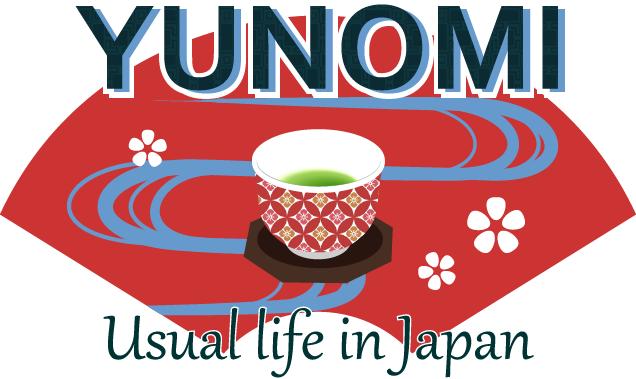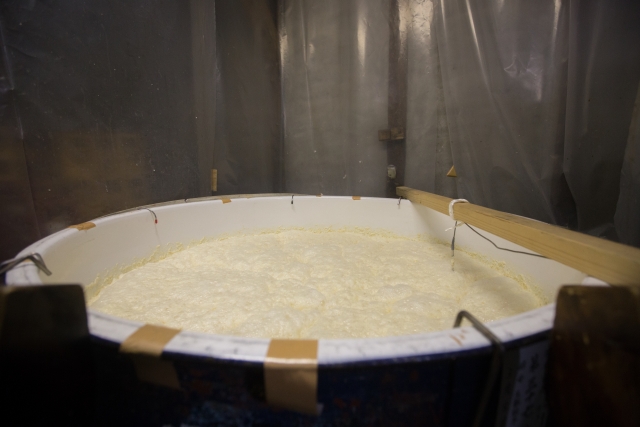Sake is made from rice.
Kōji (malted rice) and water are added to steamed rice, and this mixture is placed in a vat and left to ferment with yeast for 20 days. After fermentation, the mixture is ready for pressing, filtration, and heating.
Sake, often called Seishu (literally, "clear sake"), is a fermented alcoholic beverage made from rice. Among all brewed alcoholic beverages, it has the highest alcohol content, often around 15-20%. Sake has been a traditional Japanese alcoholic beverage since ancient times, with records of its production dating back over a thousand years.
Sake has a wine-like aroma
When drunk cold, good sake has a taste similar to fine-quality wine. Some kinds of sake have even won prizes in European wine competitions, underscoring its international recognition. While mass-produced sake is available throughout Japan, there are local sake breweries in every region, each offering a unique flavor profile based on the quality of rice, water, and the brewing process.
This locally brewed sake is called "Jizake" (literally, "local sake"), and it has played a major role in the recent sake boom. Many Jizake breweries focus on using regional varieties of rice and water, which are said to have a significant impact on the final flavor. With an alcohol content of around 15%, sake is relatively easy to drink, and this has led to increasing numbers of female and younger consumers appreciating sake.
Additionally, new types of sake, such as sparkling sake and fruit-flavored varieties, are becoming popular, attracting a more diverse audience.
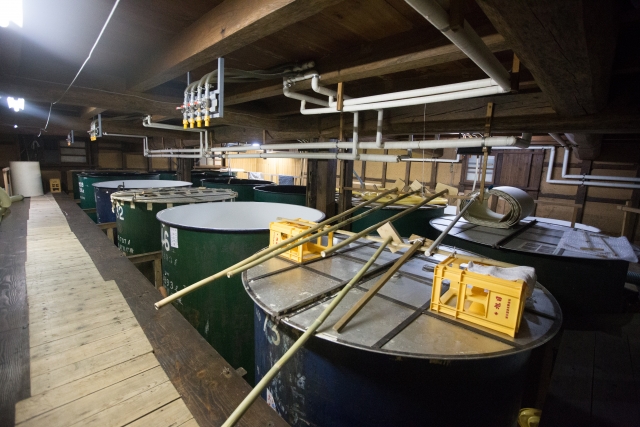
It is often said that where there is good water, there is good sake. The purity and mineral content of water are believed to affect the taste of the final product. Nada in Hyōgo and Fushimi in Kyoto are well-known for their sake production, and these regions benefit from access to high-quality water sources. In the same way that wine reflects its terroir, sake reflects the local environment, making each region’s sake unique.
In recent years, sake has gained popularity internationally, with exports to countries such as the United States, China, and Europe increasing. Sake sommeliers, known as "Kikisake-shi," have emerged in many parts of the world, helping to educate consumers about the complexities and varieties of sake.
Sake and Shintoism
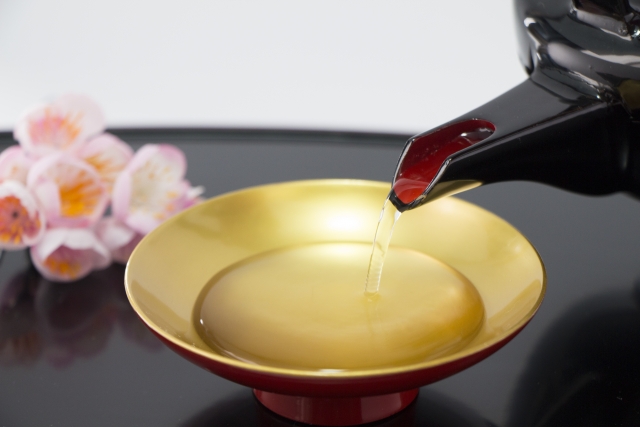
Sake is deeply connected to Shintoism and is always part of Shinto ceremonies, particularly as an offering to the gods. It is also an essential drink for ceremonial occasions in Japanese life, including weddings, New Year's celebrations, and coming-of-age ceremonies. Sake is believed to purify both the drinker and the space, and its use in rituals reflects its sacred status.
Sake is crucial in Shinto festivals, where it is offered to the kami (gods) during ceremonies. Festivals involve welcoming the kami, offering food and sake, seeking divine guidance, and then sharing the offerings among participants. In ancient times, people would pass around a large sake cup, known as sakazuki, as a way to foster unity not only among the group but also with the kami.
Today, it’s more common to use individual cups, but on special occasions, people still exchange sake cups as a sign of respect and unity. The san-san-kudo ceremony at Japanese weddings, where the couple drinks sake from three cups, remains a symbolic part of this tradition.
How to drink sake
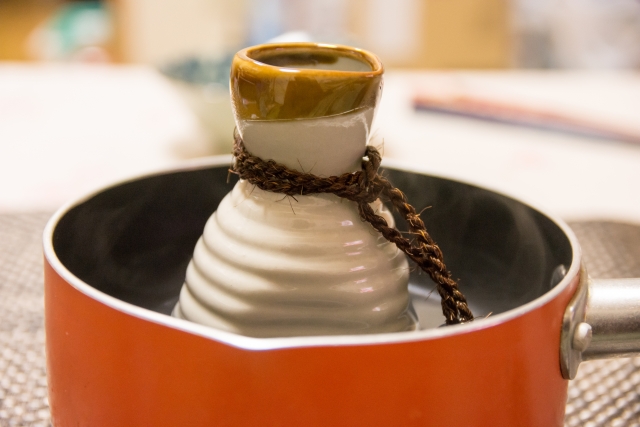
Kan and Reishu
Sake can be enjoyed either warm or cold, and the way it is served often depends on the type of sake and the season. Warm sake, known as kan, is traditionally served during colder months, while cold sake, called reishu, is favored during the warmer months. Certain premium sakes, especially ginjo and daiginjo, are best served chilled to preserve their delicate flavors and aromas.
The temperature of sake can significantly affect its taste. Warm sake tends to be smoother and richer, while cold sake often highlights fruitier and more floral notes. Each temperature unlocks different flavors, so sake enthusiasts experiment with various serving styles.
O-shaku (pouring sake for others)
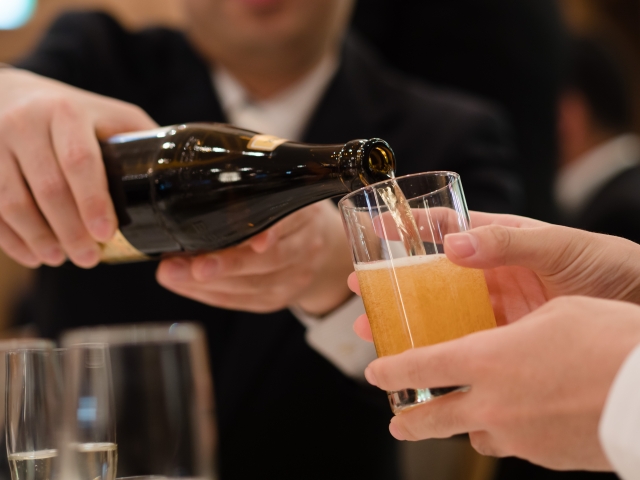
As it was customary in the past for people to drink sake together in a group and exchange sake cups on formal occasions, it remains considered inappropriate to pour sake for oneself today. Instead, it is proper etiquette to pour for others and to have others pour for you. This custom also applies to beer and other alcoholic beverages.
This practice, called o-shaku, symbolizes respect and camaraderie and is common in Japanese business and social gatherings. It also reflects the value placed on maintaining harmonious relationships in Japanese culture.
Are Japanese people easy to get drunk?
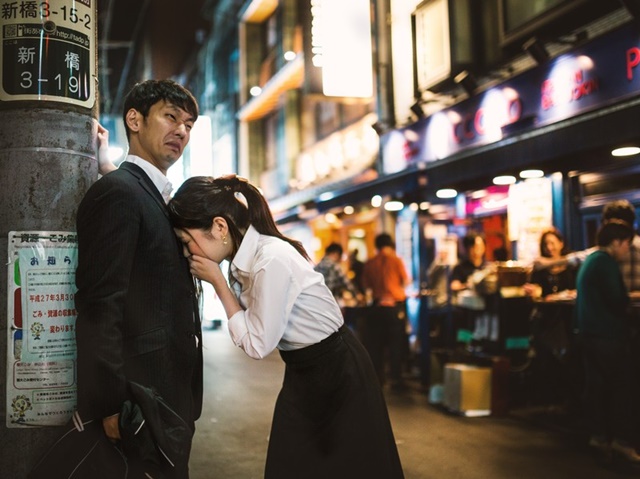
”Drinking seems to be important in Japanese men's society.”
It is said that Japanese people are constitutionally more sensitive to alcohol and more likely to get drunk than Europeans and Americans. This is because many Japanese lack the enzyme aldehyde dehydrogenase 2 (ALDH2), which helps break down alcohol. As a result, even small amounts of alcohol can cause symptoms like facial flushing or rapid intoxication.
Drinking with colleagues and friends, known as nomikai, is an important social activity that helps improve relationships in both personal and professional life. Alcohol is often seen as a way to loosen inhibitions and promote more open communication, especially in formal business settings where maintaining face and status is crucial. After work, it’s common for coworkers to drink together to unwind and build stronger interpersonal connections.
However, excessive drinking can sometimes lead to social problems, and there has been increasing awareness of responsible drinking in recent years. Japan’s younger generation, in particular, is becoming more health-conscious, and alcohol consumption is declining as a result.
